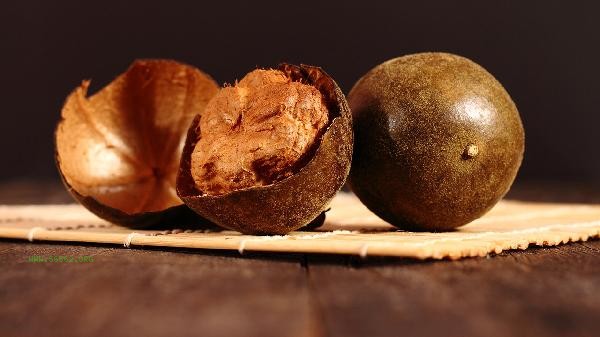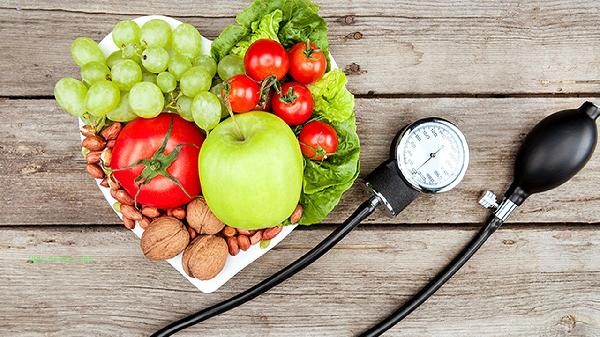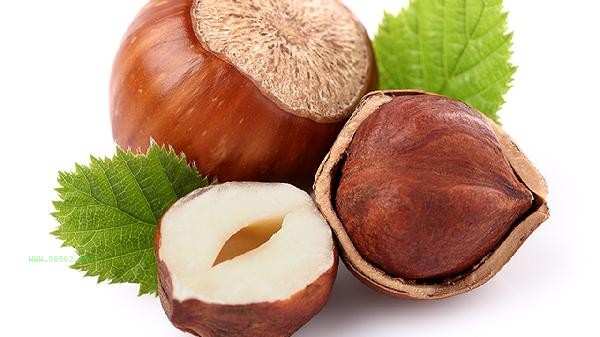Whether fruits are suitable for refrigerator storage depends on the type. Some fruits may deteriorate faster when refrigerated, while others require low-temperature preservation. Tropical fruits such as bananas, mangoes, and avocados are not suitable for refrigeration. Berries such as strawberries, grapes, and blueberries need to be refrigerated. Apples and pears can be refrigerated for a short period of time. Citrus fruits can be stored at room temperature, and melons need to be cut and refrigerated.

1. Fruits that are not suitable for refrigeration
Tropical fruits such as bananas, mangoes, and avocados will turn black and soft in low temperature environments, leading to cold damage caused by the destruction of their cell structure. This type of fruit is suitable for storage in a cool and ventilated place above 12 ℃. When it is not ripe, it can be sealed with an apple in a paper bag to ripen. Papaya and pineapple are the same. After refrigeration, the meat is prone to transparency or brown spots.
2. Fruits that must be refrigerated
Berries such as strawberries, raspberries, and blueberries have high moisture content and thin skin, and are prone to mold and rot at room temperature. Refrigeration can inhibit microbial activity. It is recommended to put it in a breathable fresh-keeping box and pad it with kitchen paper to absorb moisture. Refrigerating cherries and grapes can extend their shelf life, but it is important to avoid storing them after cleaning as humidity can accelerate spoilage.
III. Short term refrigerated fruits
Refrigerating nuts such as apples and pears can delay ripening, but long-term refrigeration can cause the flesh to become powdery. Suggest wrapping the cut of the fruit stem with plastic wrap and placing it separately from strongly scented food. Apples that have been refrigerated should be consumed as soon as possible after being taken out, as temperature differences can cause the skin to shrink.

4. Fruits that can withstand room temperature storage
Citrus fruits contain natural antibacterial ingredients on their skin, which can be stored for a longer time in a dry environment at room temperature. When stacking pomelos, oranges, etc., leave gaps to avoid crushing. After cutting lemons, wrap the cut with tin foil and refrigerate. Winter dates, persimmons, and other fruits that need to be ripened later should also be softened at room temperature first.
Fifth, fruits that have been cut and refrigerated
Large melons such as watermelons and cantaloupes can be stored at room temperature when intact. After cutting, they should be sealed with plastic wrap and refrigerated before consumption as soon as possible. When refrigerating honeydew melons, the flesh should be removed to reduce the risk of spoilage. After cutting pineapples, soak them in salt water and refrigerate for no more than two days. After removing the durian flesh, it needs to be sealed and refrigerated to prevent cross flavors.

Proper preservation of fruits should be adjusted according to the characteristics of the variety. Tropical fruits and immature fruits should be avoided from refrigeration, and berries should be refrigerated in a timely manner to prevent mold growth. Pay attention to checking for any bumps before refrigeration, and handle rotten fruits separately. Daily storage resistant fruits can be stored in a cool place, and perishable fruits can be purchased in small quantities and consumed in a timely manner. Special varieties such as lychee and longan can be moisturized with water and refrigerated, but the storage time should not exceed three days. If mold spots or fermentation odors are found on the surface of fruits, they should be discarded immediately to avoid contaminating other foods.








Comments (0)
Leave a Comment
No comments yet
Be the first to share your thoughts!